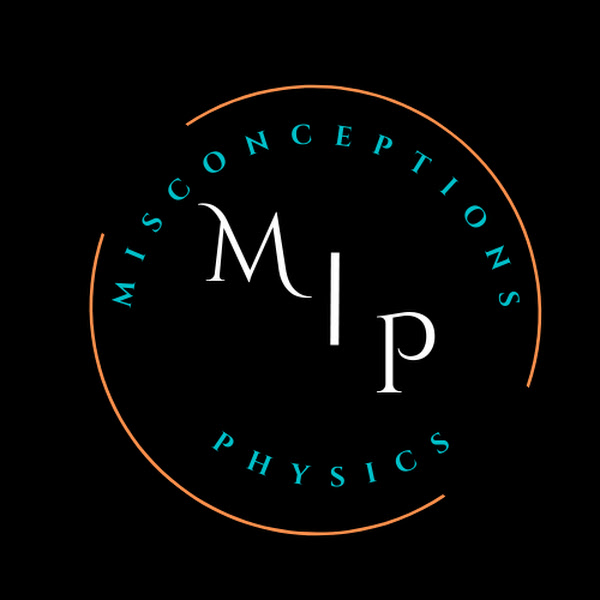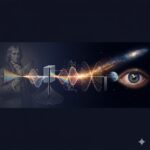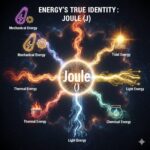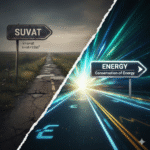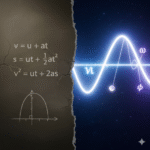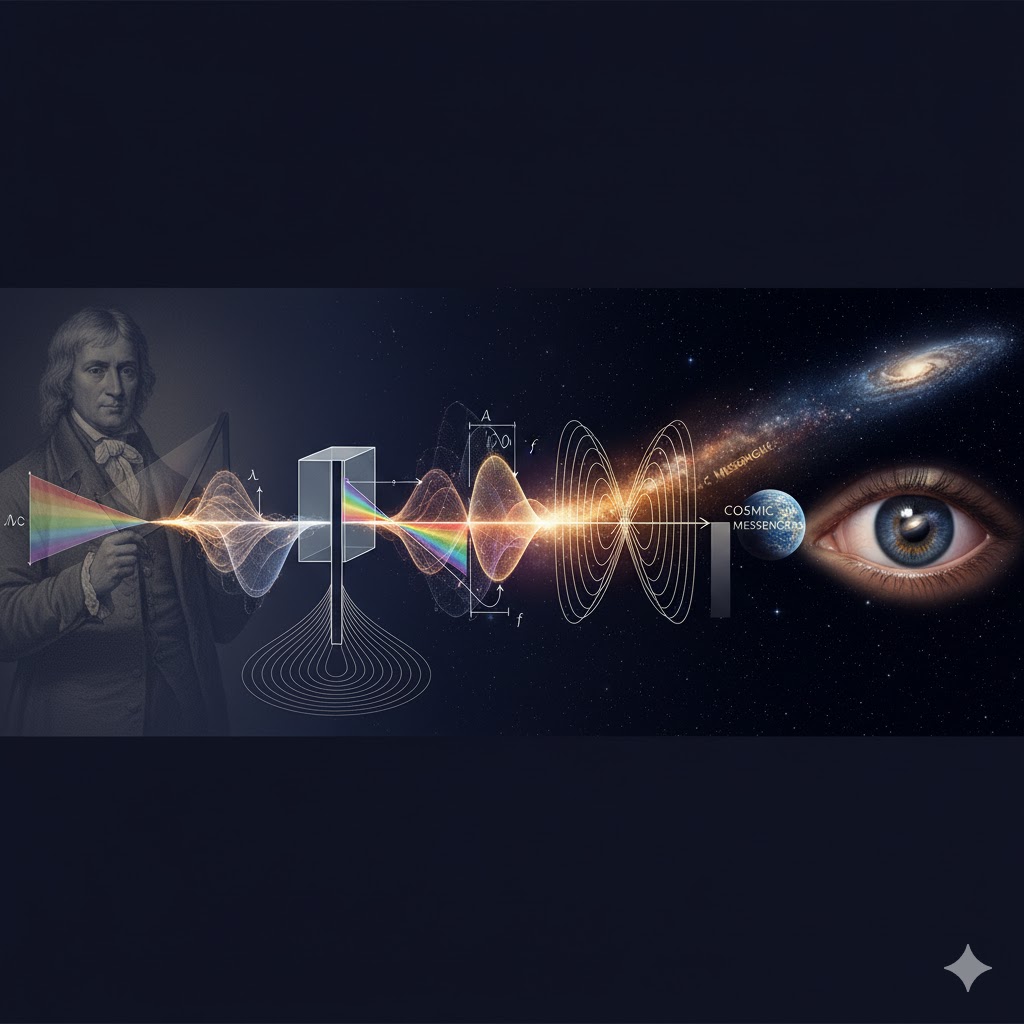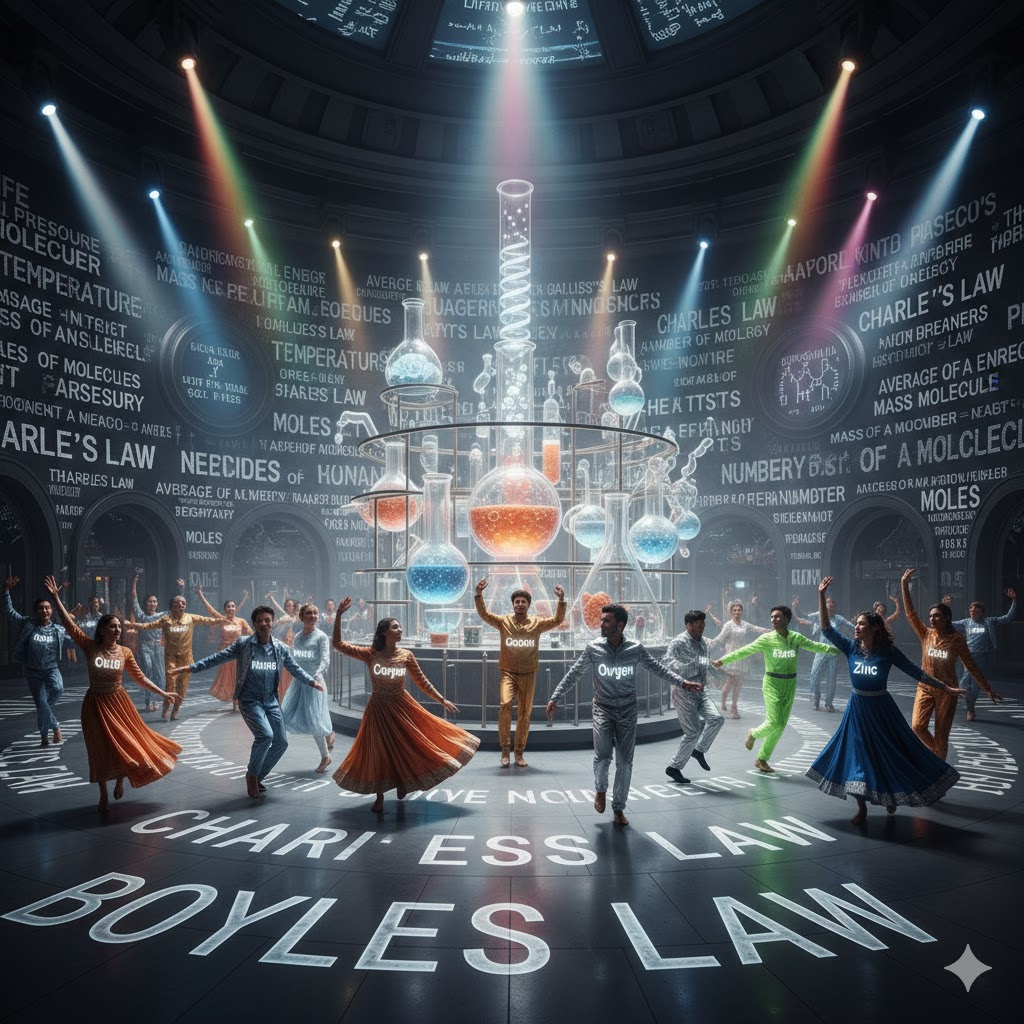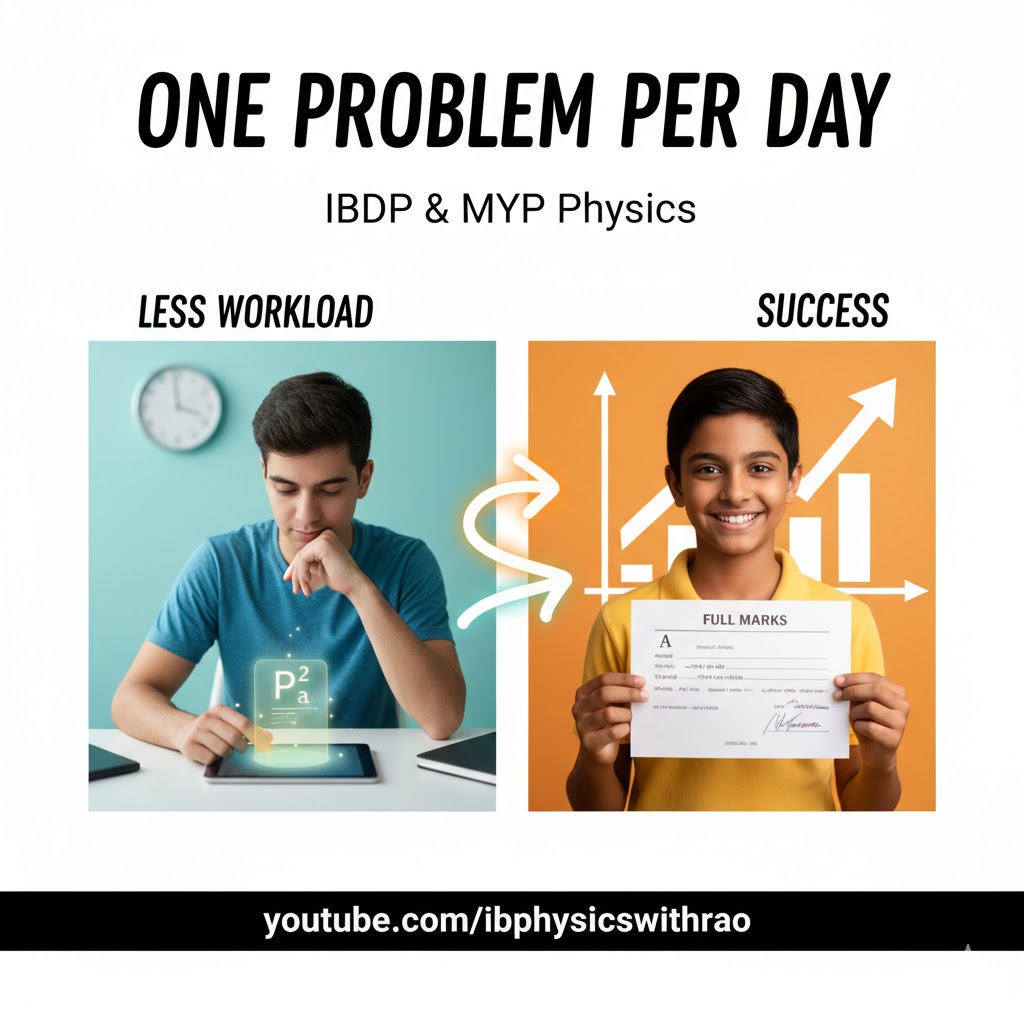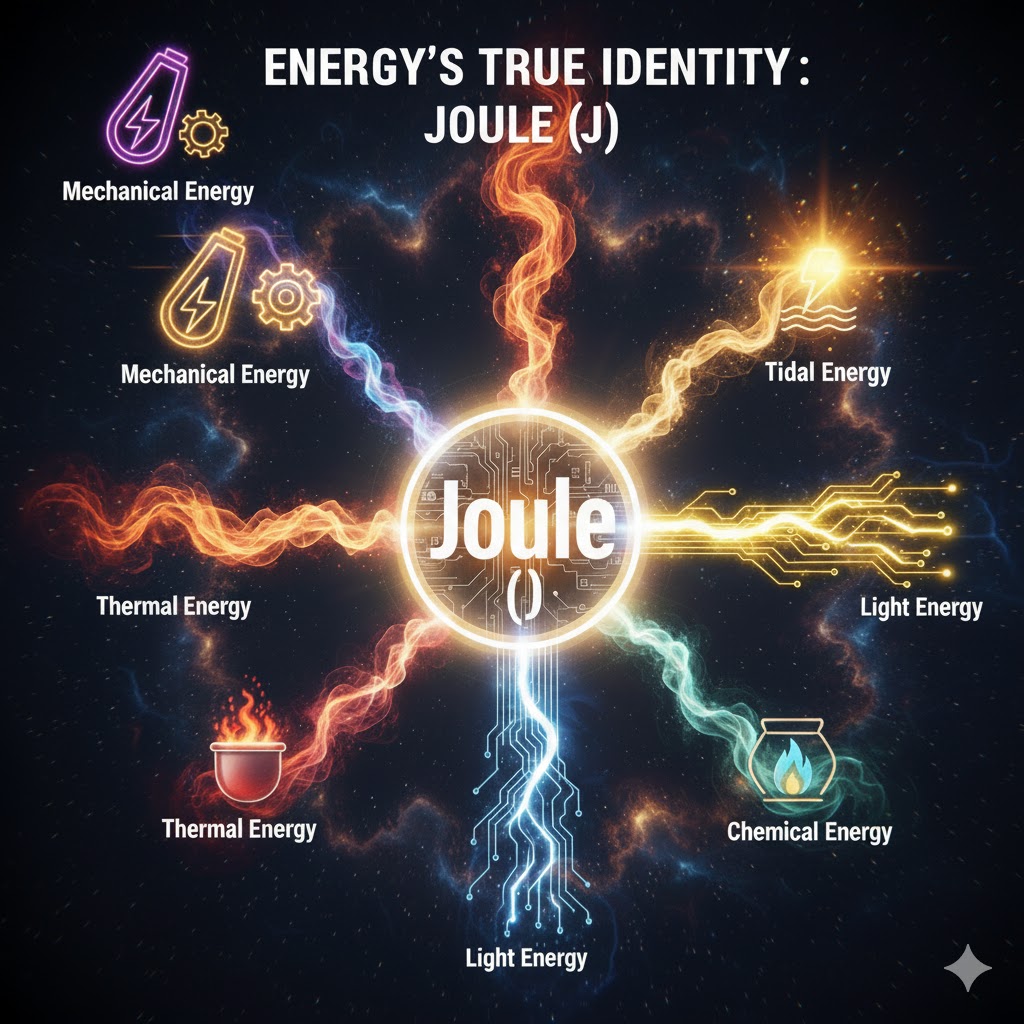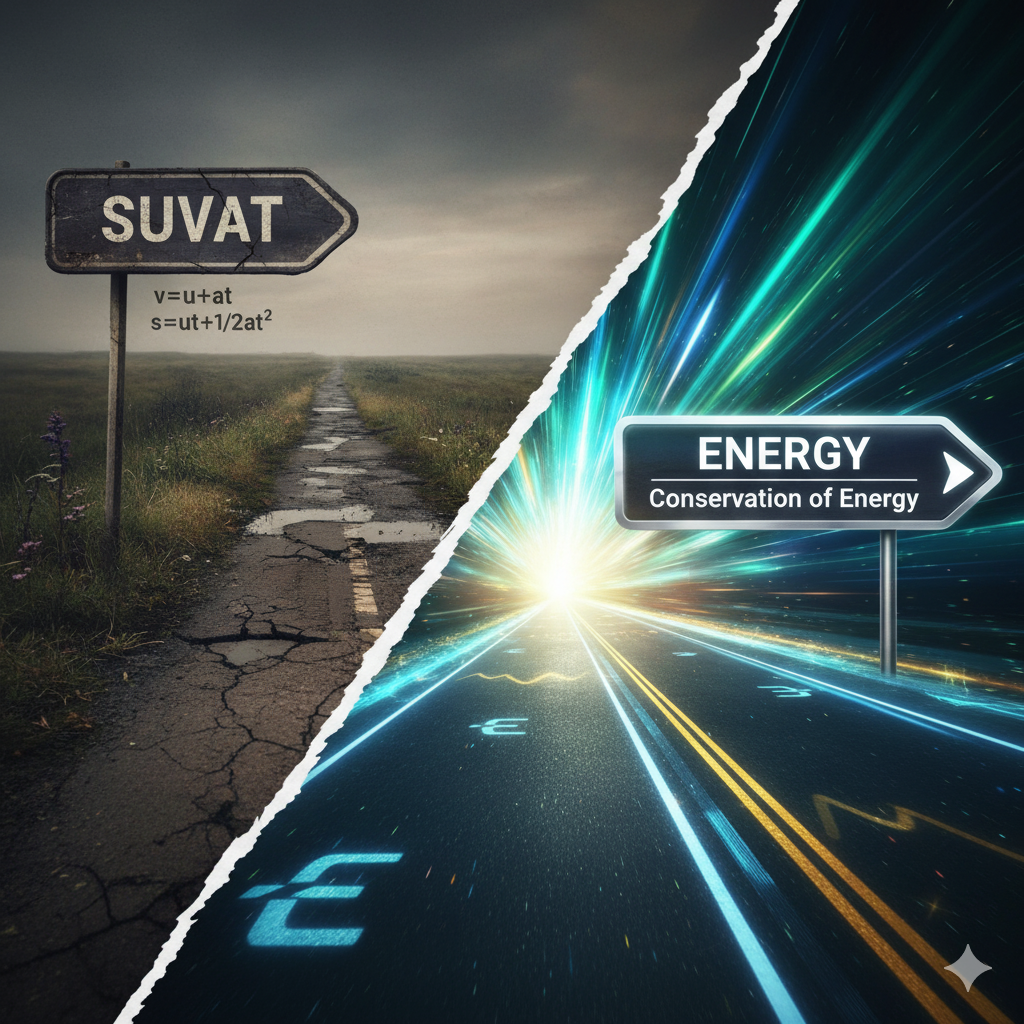Imagine a world bathed in light, yet utterly clueless about its true nature. For millennia, humanity observed the dance of shadows and the sparkle of a reflection—a spectacular show, but its mechanism was a mystery. What is light? Is it a stream of tiny particles, zipping through space like tiny bullets? Or is it a ripple, a disturbance propagating through some unseen medium, like a wave on water?
This fundamental question sparked a scientific search spanning centuries and continents. The answer would not only redefine our universe but also hand us the keys to modern technology. We now know that light, sound, and even Wi-Fi are all messengers, carrying energy and information across space and time. This is the story of how we cracked their code.
A Journey Through a Millennium of Light
Our search begins not with a single “eureka” moment, but with patient observation.
The ancient Greeks, like Euclid, meticulously mapped how light bounced off surfaces, giving us the geometric law of reflection. Ptolemy went further, charting how light bent, or refracted, when passing from air to water. These were crucial steps, but they treated light as a simple ray, offering no insight into its essence.
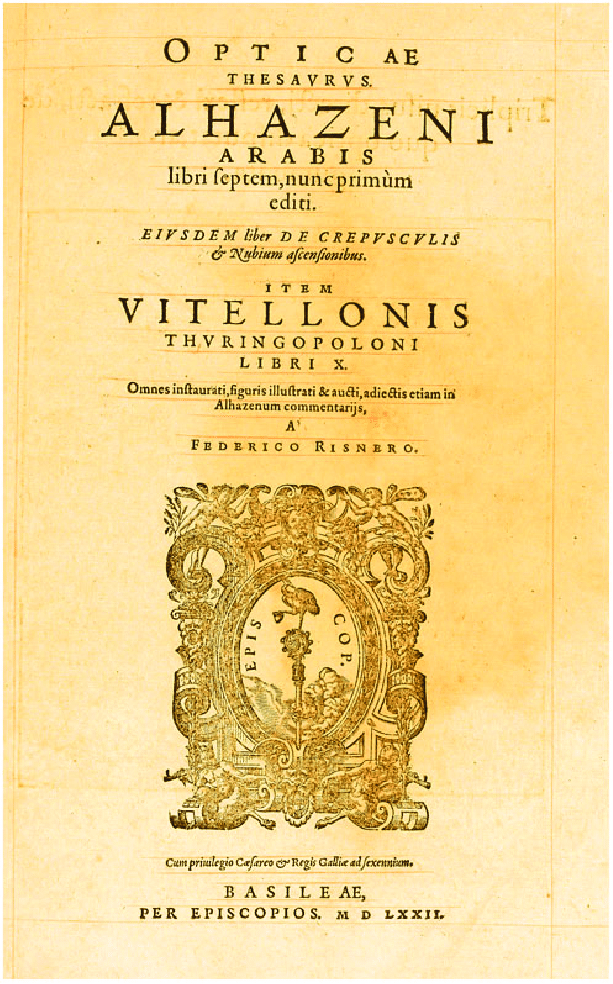
The first true scientific leap came during the Islamic Golden Age. The polymath Ibn al-Haytham (Alhazen) (c. 965-1040 CE), working in Basra and Cairo, revolutionized the field. Through rigorous experimentation, he disproved the ancient idea that our eyes emitted rays to see. Instead, he argued that light entered the eye from external sources. His monumental “Book of Optics” was a masterclass in the scientific method, laying the groundwork for experimental science for centuries to come.
Fast-forward to the vibrant intellectual cauldron of 17th-century Europe, where the debate truly ignited. On one side stood Sir Isaac Newton. A titan of science, he championed the corpuscular (particle) theory. His famous prism experiments, splitting white light into a spectrum of colors, seemed to confirm his view of light as a stream of tiny particles. Newton’s immense authority cast a long shadow, making his particle theory the dominant view for over a century.
Fast-forward to the vibrant intellectual cauldron of 17th-century Europe, where the debate truly ignited. On one side stood Sir Isaac Newton. A titan of science, he championed the corpuscular (particle) theory. His famous prism experiments, splitting white light into a spectrum of colors, seemed to confirm his view of light as a stream of tiny particles. Newton’s immense authority cast a long shadow, making his particle theory the dominant view for over a century.
On the other side was his brilliant contemporary, the Dutch physicist Christiaan Huygens. He envisioned light not as a particle, but as a wave. His elegant Huygens’ Principle proposed that every point on a wavefront acts as a source of tiny new “wavelets.” This model beautifully explained reflection and refraction from a wave perspective. Yet, against Newton’s towering reputation, Huygens’ ideas were largely forgotten.
The particle theory, however, wasn’t perfect. It struggled to explain the subtle colors seen in soap bubbles or why light bent towards the normal when entering a denser medium. These nagging inconsistencies kept the door ajar for the wave theory’s return.
The breakthrough came in 1801. A British polymath named Thomas Young, refusing to accept dogma, performed one of physics’ most iconic experiments: the double-slit experiment. He shone light through two narrow slits and observed the pattern on a screen. Instead of two bright lines, he saw a mesmerizing pattern of alternating bright and dark bands. This was an interference pattern—the definitive, undeniable proof that light behaved as a wave. Like ripples on a pond, the light waves were adding together and canceling each other out.
French engineer Augustin-Jean Fresnel then provided the mathematical muscle, developing a comprehensive wave theory that explained diffraction. So confident was his theory that it led to a bizarre prediction: a bright spot should appear in the very center of a circular object’s shadow. What seemed like a ridiculous counter-argument became a stunning confirmation when the experiment was performed. The final piece fell into place with James Clerk Maxwell, who unified electricity and magnetism, proving that light was a high-frequency electromagnetic wave—a cosmic messenger traveling at the ultimate speed limit.
Decoding the Message: The Anatomy of a Wave
Before our messenger embarks on its journey, let’s understand its characteristics:
- Amplitude (A): The maximum displacement from equilibrium. This is the intensity or loudness of the message.
- Wavelength (lambda): The distance between two consecutive crests. This is the physical length of one “message packet.”
- Frequency (f): The number of waves passing a point per second (in Hertz, Hz). This is how often message packets are sent.
- Speed (v): How fast the message travels, linked by the master equation: v = f*lambda.
Waves also come in two flavors:
- Transverse Waves: The medium oscillates perpendicular to the energy transfer (e.g., light, a wave on a rope).
- Longitudinal Waves: The medium oscillates parallel to the energy transfer (e.g., sound).
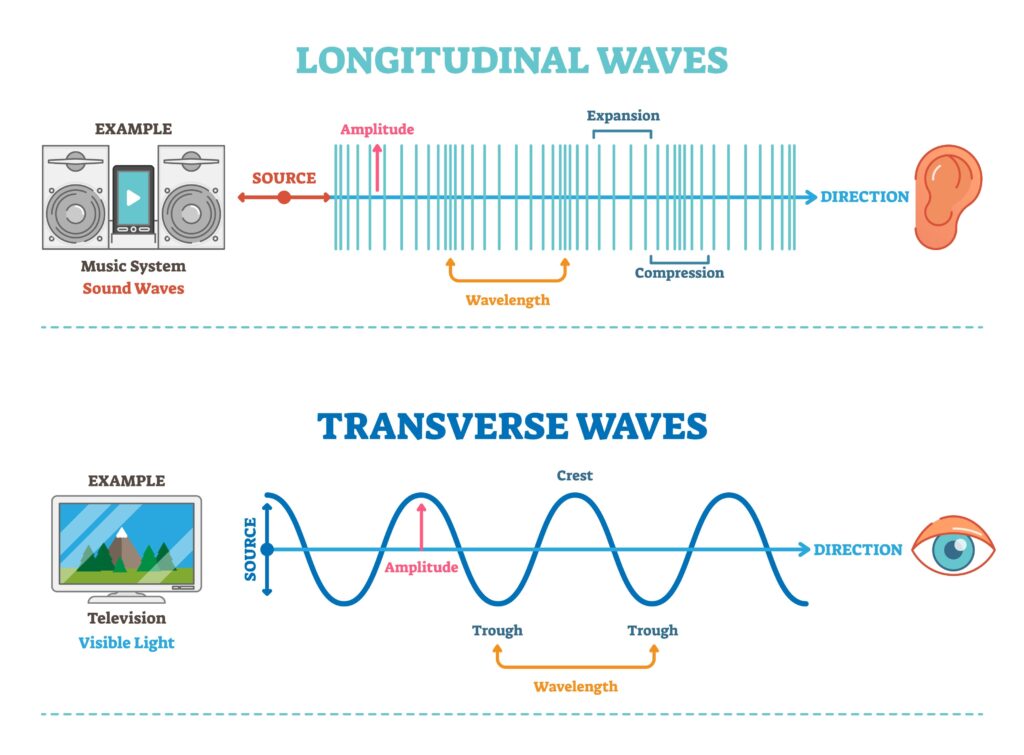
Challenge Your Intuition #1: The Border Crossing 🤔
A wave messenger carrying light travels from air into a block of glass, forcing it to slow down. Watch the below video to understand why other properties in a wave remains the same.
The Misconception: It’s tempting to think that if the speed changes, everything must change. But the light source is sending out wave crests at a constant rate—the frequency. That “birth rate” of waves is fixed at the source and doesn’t change just because the wave enters a new medium.
The Physics: Since the wave’s speed (v) decreases in the glass and its frequency (f) stays the same, something else must give. According to the wave equation, v = f*lambda, if v goes down and f is constant, then the wavelength (lambda) must decrease. The messengers get bunched up closer together as they wade through the slower medium. This bending of a wave as it changes speed is called refraction.
Deeper Dive: To see how refraction is visualized using wavefronts, check out this problem.
The Messenger’s Journey: Rules of Delivery
Our wave messenger interacts with its environment in predictable ways: reflection (bouncing), diffraction (spreading around obstacles), and interference (superimposing on other waves).
Challenge Your Intuition #2: The Free-End Flip 🤔
You send a single pulse down a long Slinky spring on the floor. The far end is not held down; it’s completely free to move.
The Question: When the pulse reaches the free end and reflects, will it come back on the same side it started on, or will it be flipped upside down
The Answer: It will come back on the same side (it is not inverted).
The Misconception: We often see diagrams of waves hitting a fixed wall and flipping. This leads to the incorrect generalization that all reflection causes inversion.
The Physics: Inversion is caused by the reaction force from a fixed boundary. At a free end, there is no boundary to push back. The end of the spring overshoots due to momentum, creating a reflected pulse on the same side.
Deeper Dive: This principle is crucial for understanding standing waves. For a classic problem on this topic, see here:
Challenge Your Intuition #3: The Sound of Silence 🤔
Two identical speakers are playing the exact same pure musical note. You stand in a spot where the crest of the sound wave from Speaker 1 arrives at your ear at the exact same moment as the trough from Speaker 2.
The Question: What will you hear at that specific spot?
The Answer: You will hear silence.
The Misconception: It’s natural to think you’d hear an average or jumbled sound. The idea of two sounds creating total silence seems paradoxical.
The Physics: This is perfect destructive interference. A sound wave’s crest is a point of high pressure, and a trough is a point of low pressure. If they arrive together, they perfectly cancel each other out. The net change in pressure at your eardrum is zero, which your brain interprets as silence. This is the principle behind noise-cancelling headphones.
Deeper Dive: Explore a problem involving two sound sources here:
Why It Matters: Surfing the Waves of Modernity
Understanding wave properties isn’t just a history lesson; it’s the invisible infrastructure of our modern world.
- Reflection: Powers the entire internet through total internal reflection in fiber optic cables. It’s also the basis for radar, sonar, and the telescopes that gather light from distant galaxies.
- Refraction: The magic behind every lens in your eyeglasses, cameras, and microscopes, allowing us to see the incredibly small and the unimaginably far.
- Diffraction & Interference: These principles allow us to read data from Blu-ray discs, use X-ray crystallography to map the structure of DNA, and create holograms. Every time you use Wi-Fi or a cell phone, you are harnessing these fundamental wave behaviors.
Connections: The Nature of Science & Theory of Knowledge
The story of waves is a perfect case study for the IB Core Themes.
Nature of Science (NOS):
- The Role of Evidence: For over a century, Newton’s authority held sway. However, the accumulation of evidence—Young’s interference patterns, the Poisson spot—forced a paradigm shift. Science corrects itself based on empirical proof, not authority.
- Development of Models: The journey from Euclid’s simple rays to Huygens’ wavefronts to Maxwell’s electromagnetic fields shows how scientific models evolve to become more comprehensive and predictive.
Theory of Knowledge (TOK):
- Ways of Knowing: This story is a beautiful interplay of sense perception (observing shadows and rainbows), reason (Fresnel’s mathematics), and imagination (Huygens conceiving of wavelets). It took faith in his model for Fresnel to believe in the seemingly absurd prediction of the Poisson spot.
- Knowledge Question: To what extent does the authority of accepted scientific paradigms, like Newton’s corpuscular theory, hinder or help the progression of scientific knowledge?
The Final Message
The journey to decode the messenger’s riddle—from the meticulous experiments of Ibn al-Haytham to the unifying equations of Maxwell—is a testament to the power of persistence and the scientific spirit. By learning the language of waves, we have not only built our modern world but also begun to read the epic story written across the cosmos. The next time you see a rainbow, remember the centuries-long quest that revealed its secrets. The ripples of that revolution continue, waiting for the next curious mind to make a new wave
